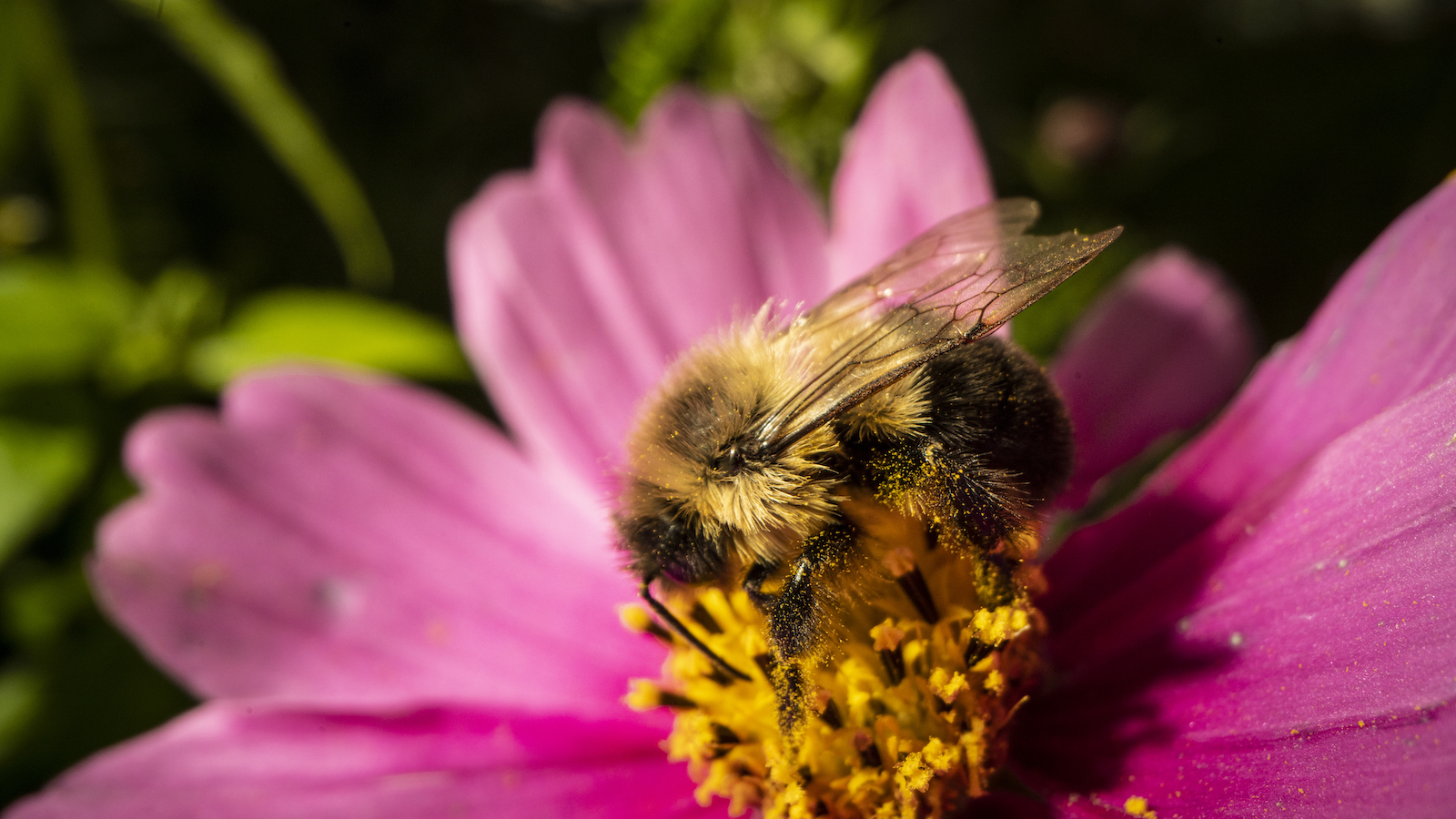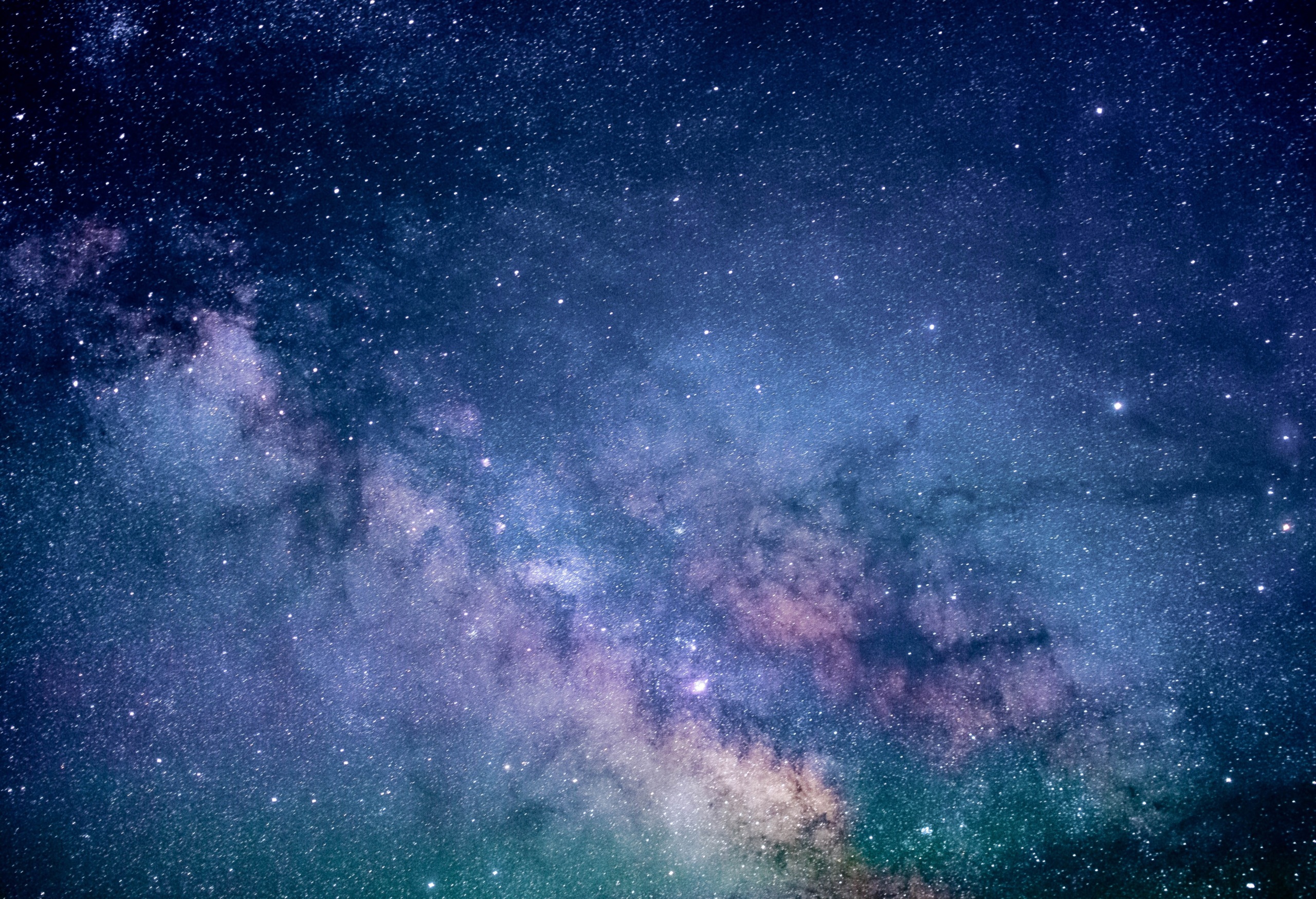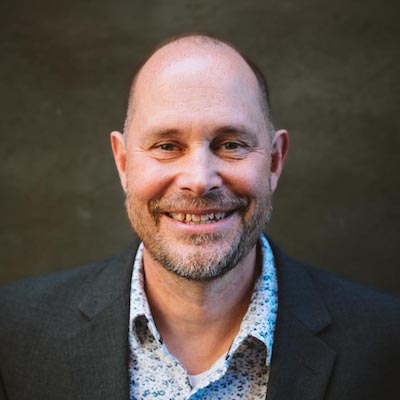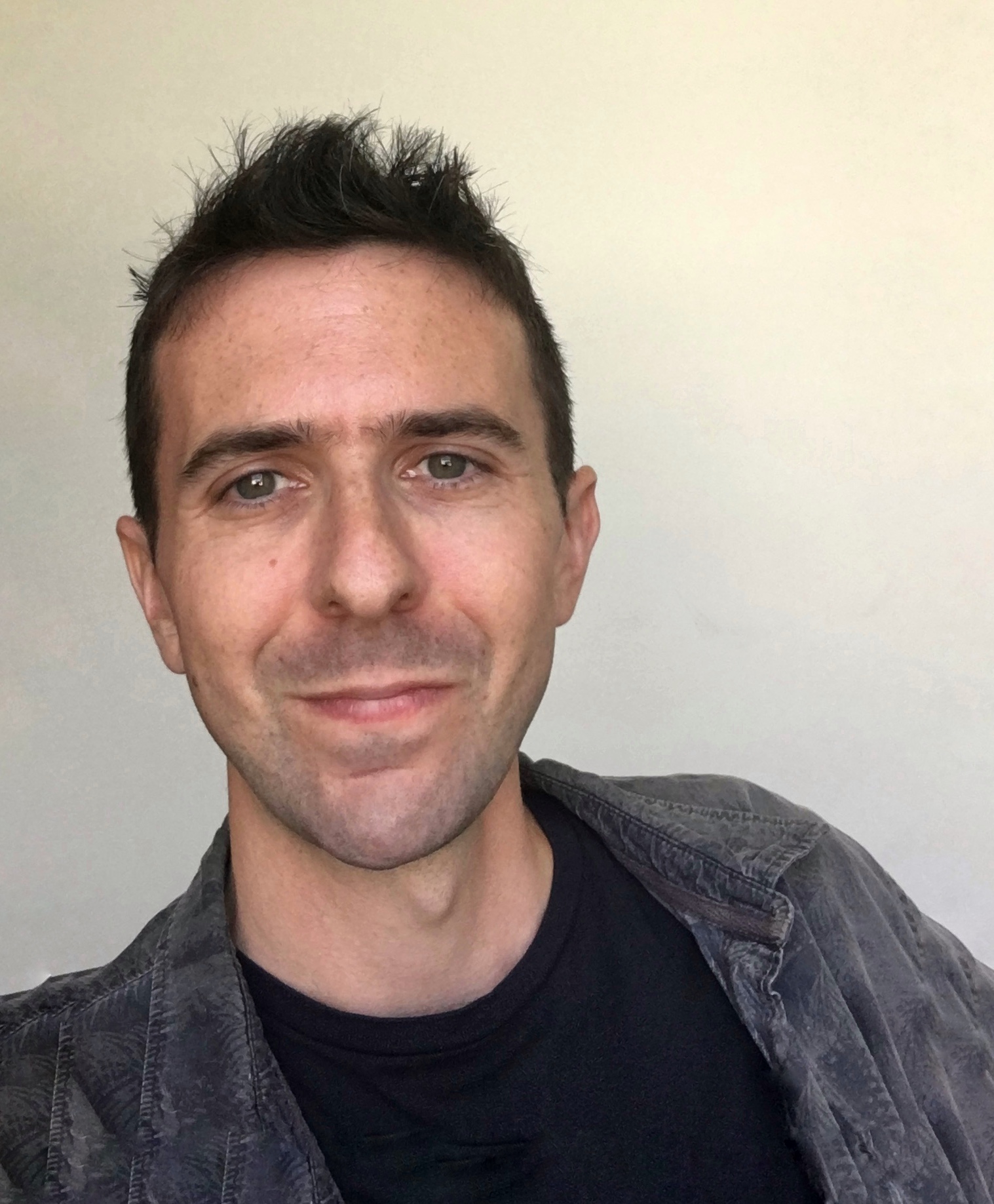
Spare us from the light
Ending the ever-worsening scourge of light pollution and enabling future generations to experience the wonder of the night sky isn’t just about reclaiming something beautiful that we’ve lost. It’s vital for protecting biodiversity.
There are few more awe-inspiring sights for us humans than the Milky Way sweeping across the night sky of a remote wilderness.
Nowadays, however, that’s the only place most of us are ever likely to see it.
Rampant urbanization over the last century has led to the transformation of the nocturnal environment by the ever more pervasive presence of artificial light, to the point where for most of the developed world, the sight of the vast, starry firmament that our ancestors took for granted for millions of years is now something we rarely, if ever, get to experience.
Roughly 99% of the inhabitants of the U.S. and Europe, according to recent research, now live in areas with light-polluted night skies. For almost 80% of the population of North America, the Milky Way is no longer visible to the naked eye – and it’s getting worse every year.
The disappearance of natural darkness is a tragic loss for us humans, with implications for our opportunities to experience awe and for our understanding of our place in the universe. But for many of our fellow creatures, the consequences of this loss of darkness are even more dire.
Numerous living organisms, from plants through to insects and mammals (including humans), have evolved over millions of years to rely on the natural cycles of light and dark (night and day, summer and winter…), and developed specific behavioral patterns and physiological processes tied to these cycles. In the animal kingdom, these circadian and circannual rhythms are crucial for regulating activities like foraging, mating, migration and sleep – in other words, for enabling wildlife to maintain the natural behaviors that ensure their survival. When these rhythms are disrupted, the effects are numerous and far-reaching.
Nocturnal and migratory species are particularly vulnerable due to their reliance on darkness and natural light cues for critical activities like navigation, orientation and mating.

For migratory birds, for example, light pollution can disrupt migration patterns and lead to increased mortality, changes in mating behaviors and population decline. Birds, and migratory birds in particular, depend on the natural cues provided by the night sky for navigation during their long-distance journeys, and on yearly light/dark cycles for the timing of their migrations. Millions of birds every year die as a result of light-induced disruptions to these cycles. Artificial light can disorient them, or cause them to mistime their migrations, making them more vulnerable to predation, collisions with manmade structures, or simple exhaustion.
For nocturnal species – approximately 30% of all vertebrates and 60% of invertebrates – disruption of the darkness can affect foraging patterns and reproduction cycles, and hence their roles in the larger ecosystem. Since many of these species carry out important ecological functions – nocturnal pollinators like moths and bats, for example, are vital for the reproduction of numerous plant species – interference with their normal behavior patterns can lead to declines in certain plant populations. Restricting the movement of seed-dispersing nocturnal animals can have consequences for plant diversity and regeneration.
In much the same way as roads and other infrastructure fragment wildlife habitats, so too does artificial light. Many nocturnal animals, including bats and other small mammals, frogs, insects, birds and marine animals, are unable to travel across artificially illuminated areas. Hence, lighting along roads and other infrastructure creates barriers to movement and reduces ecological connectivity, isolating different populations of the same species from one another and impeding organisms (and their genes) from traveling across territories.
Artificial alterations to the nocturnal environment also interfere with the predator-prey dynamics vital for maintaining ecological balance and the overall health of ecosystems. Nocturnal predators, like owls, bats and big cats, depend on natural darkness for hunting. Prey animals (rabbits, deer, rodents etc.) depend on it for camouflage and concealment. Both sets of creatures have evolved specific adaptations accordingly. When the natural dynamics between predator and prey species are disrupted, imbalances in species populations can ensue, which in turn have cascading effects throughout the entire food web.
The impact of the loss of darkness is felt right down to those tiny organisms we might not even think about, but upon which entire ecosystems depend. Light pollution can disrupt the activity patterns of organisms involved in decomposition processes for example, such as bacteria, fungi and the various tiny organisms that break down organic matter and release its nutrients back into the ecosystem. Changes in the numbers and behavior of these organisms can result in slower decomposition rates, reducing the amount of nutrients available for plants and other organisms.
A growing understanding of these and other impacts (the few outlined above are the tip of a gargantuan iceberg) has led to increasing recognition of the urgency of developing conservation and mitigation strategies, such as establishing dark-sky reserves and protected areas with stringent lighting regulations to provide safe havens for nocturnal biodiversity.
Necessary though such reserves sadly are, a much more comprehensive approach is needed to reduce light pollution than simply cordoning off designated patches of land where we and our fellow creatures can go to escape from it.
This could include policy interventions equivalent to those employed to mitigate other forms of pollution: mandating the incorporation of lighting design principles that minimize light pollution, implementing evidence-based lighting policies, creating incentives for individuals, businesses, governments and other entities to reduce the often completely needless amounts of light they use, and so on. Such measures can help to reduce the ecological damage caused by excessive artificial light while still meeting human needs.
Lighting the darkness is something that humans have always done, have always needed to do, and always will do. But we’ve come a long way from the caves our ancestors illuminated with hard-won fire. It’s now possible to light everything all the time, often unnecessarily, and often far more brightly than our eyes require – and our failure to limit that light has consequences. Dark skies are as crucial to the proper functioning of the natural world as clean air and clean water, and like clean air and clean water, protecting them is essential for preserving our planet’s rich biodiversity. To paraphrase Edward Abbey, the darkness of night is not a luxury – it’s a need. Not just for us, but for the wildlife with which we share our planet.
Topics
Authors
James Horrox
Policy Analyst, Frontier Group
James Horrox is a policy analyst at Frontier Group, based in Los Angeles. He holds a BA and PhD in politics and has taught at Manchester University, the University of Salford and the Open University in his native UK. He has worked as a freelance academic editor for more than a decade, and before joining Frontier Group in 2019 he spent two years as a prospect researcher in the Public Interest Network's LA office. His writing has been published in various media outlets, books, journals and reference works.
Steve Blackledge
Senior Director, Conservation America Campaign, Environment America Research & Policy Center
Started on staff: 1991 B.A., Wartburg College Steve directs Environment America’s efforts to protect our public lands and waters and the species that depend on them. He led our successful campaign to win full and permanent funding for our nation’s best conservation and recreation program, the Land and Water Conservation Fund. He previously oversaw U.S. PIRG’s public health campaigns. Steve lives in Sacramento, California, with his family, where he enjoys biking and exploring Northern California.
Find Out More
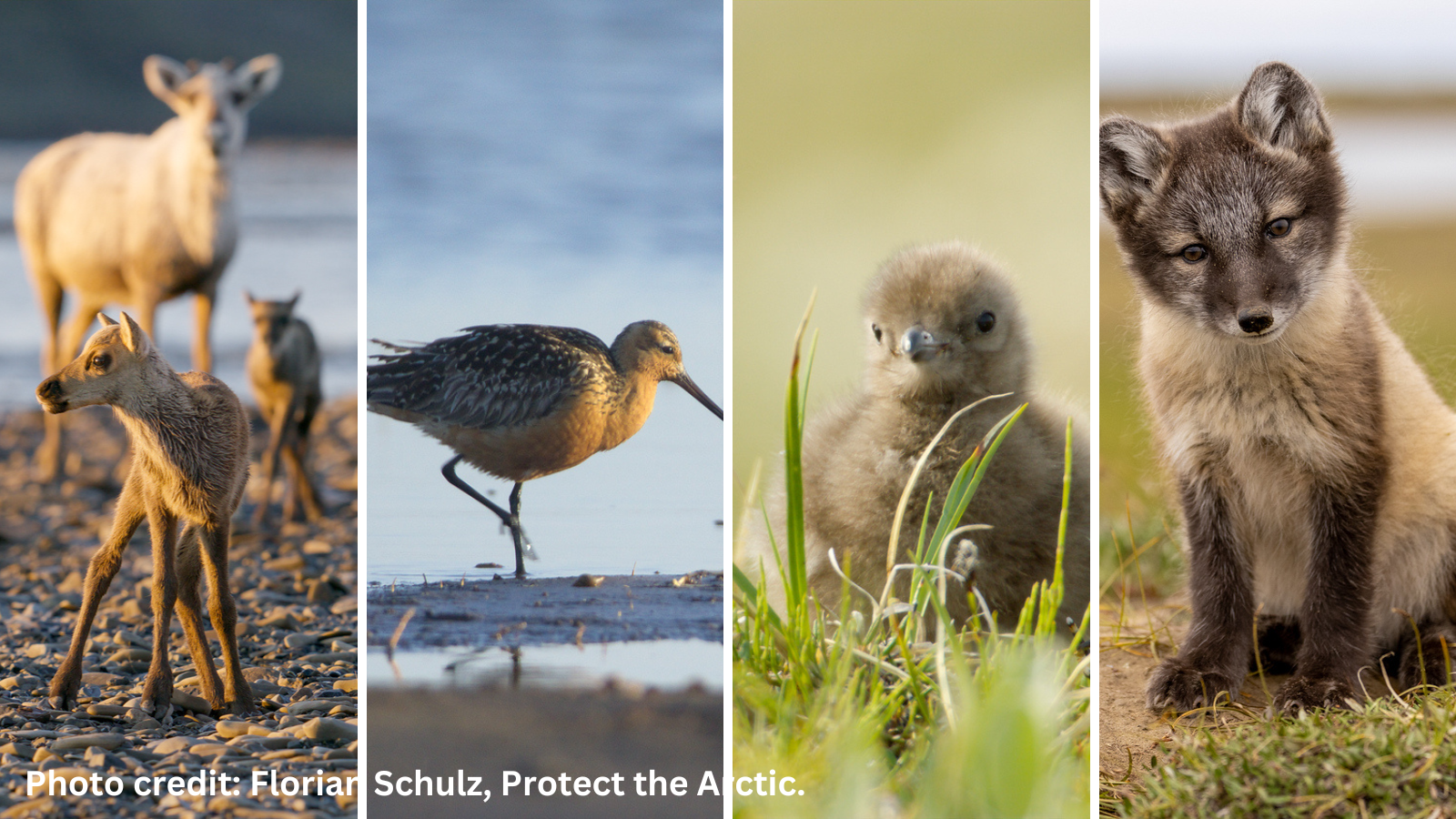
Why Alaska’s NPR-A, site of the Willow Project, deserves protection
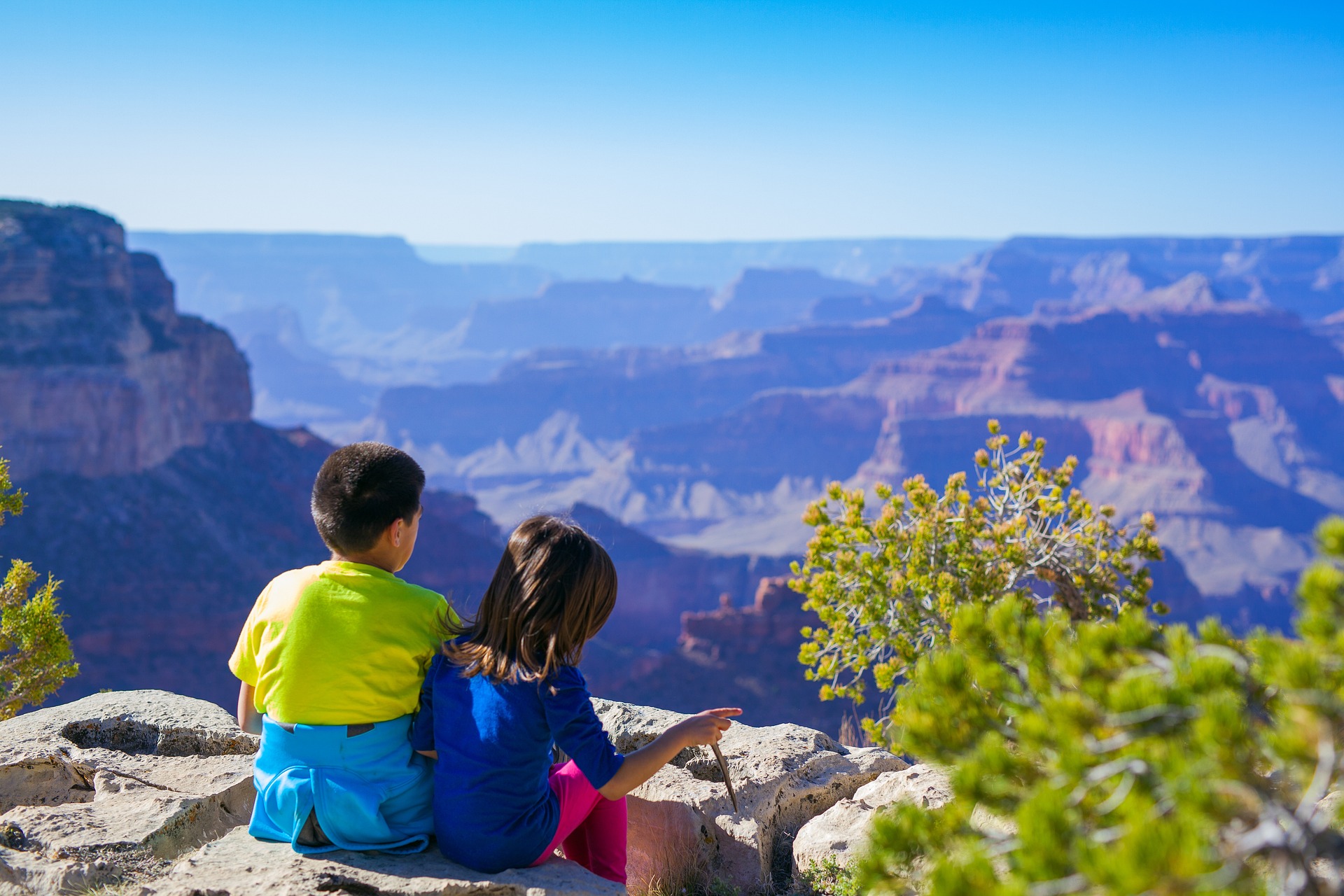
Protect the Grand Canyon

A look back at what our unique network accomplished in 2023
